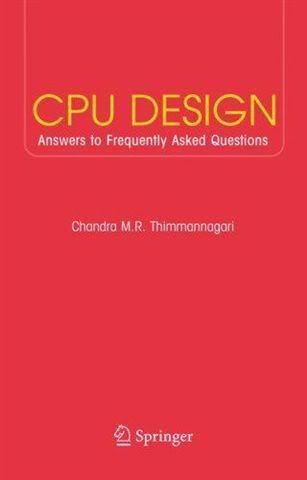Technical books related to CPU design are almost always written by researchers in academia or industry and tend to pick one area, CPU architecture/Bus architecture/ CMOS design that is the area of expertise of the author, and present that in great detail. Such books are of great value to students and practitioners in that area. However, engineers working on CPU design need to develop an understanding of areas outside their own to be effective. CPU design is a multi dimensional problem and one dimensional optimization is often counterproductive.
For instance, as someone who mainly does CPU architecture, I have found that CPU architects who understand how logic design, circuit design and chip integration are really done in practice do a much better job architecting the chip. There are constraints in these different areas that could make an architectural idea hard to implement, and an architect who understands these constraints is more likely to make the right decisions upfront. However, there are really no books out there to help an architect understand quickly how the later stages of chip design work. Reading detailed technical books on physical design to obtain this knowledge is typically not an option given time constraints. The most accessible way today to learn the broader skill set necessary is from chatting with friends and picking up bits of knowledge here and there. Over time the good ones do develop a working knowledge of all areas of CPU design, but it takes many years.
Download here: http://www.megaupload.com/?d=8SF5WMYR







0 comments:
Post a Comment